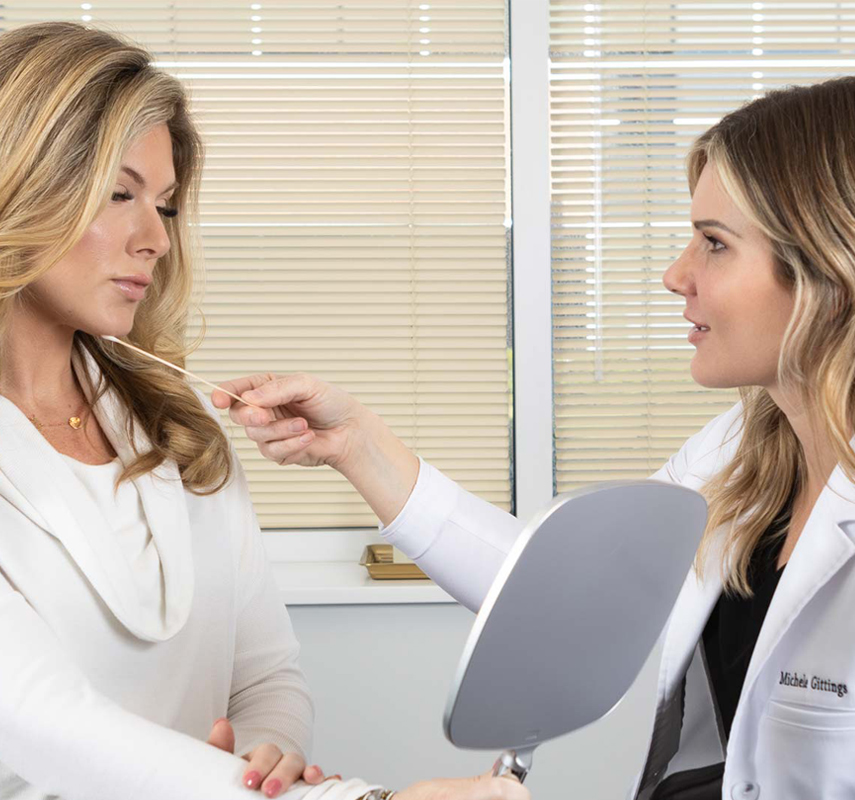
Dermal Fillers
The Inside Scoop On Dermal FillersOver time, our faces change in many ways. Lines and wrinkles develop, lips become thinner and skin may begin to sag. Hyaluronic acid based dermal fillers, such as Restylane and Juvederm, are non-surgical, instant solutions to these common problems.
Schedule a Consultation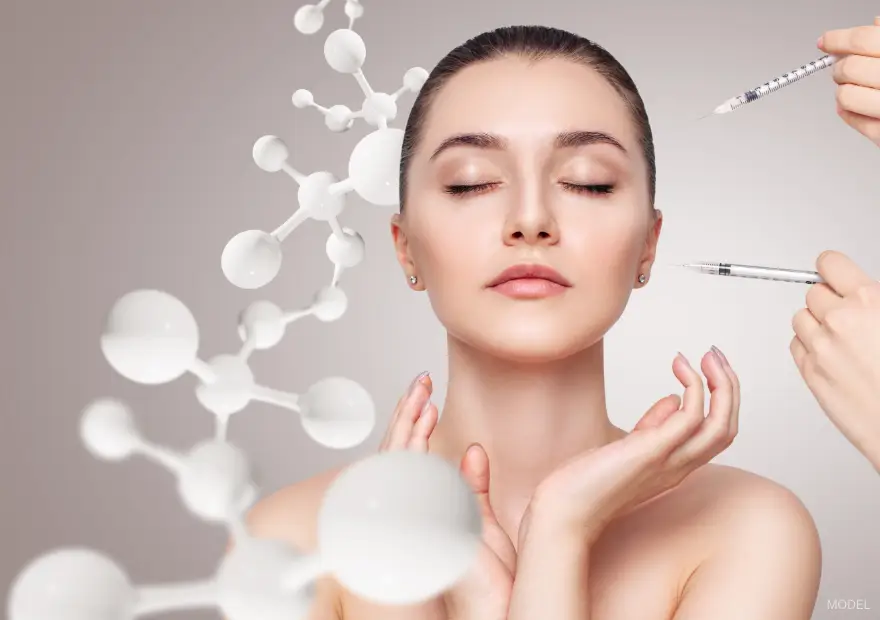
What Exactly Is a Hyaluronic Acid Dermal Filler?
Over time, the amount of natural hyaluronic acid in our skin decreases due to sun exposure, natural aging and genetics. HA dermal fillers are injectable gels made from synthetic HA that can help reduce the appearance of lines, wrinkles and restore volume to the skin. Injecting synthetic HA under the epidermis of the skin increases the skin’s volume by replacing the support layers that have been gradually lost and enhances the skin’s hydration by attracting water.

Types of HA Dermal Fillers:
They are categorized based on the amount of cross linking (or how solid) the gel molecules are formed. When injected into the skin, the gel acts as a cushion to support the tissues that have lost volume and elasticity due to aging or simply to enhance the volume of areas such as naturally thin lips. The more cross linked the HA is, the thicker the gel. One would want a less cross-linked product, such as Restylane-L, Volbella or Juvederm Ultra XC, injected into areas such as the lips or the lines around the mouth and a higher cross linked product, such as Voluma or Restylane Lyft to replace lost volume in the cheeks or mid face. The more cross linked the product is, the longer it will last. HA dermal fillers in the cheeks/mid face typically last up to eighteen months. Those injected to the lips are less cross-linked and last up to one year. It is very important to choose an experienced injector that can guide you to the right product and customize a treatment plan for your specific concerns.
Is Dermal Filler Right For Me?
Dermal filler may be right for you if you are looking for an FDA approved, non-surgical, in office procedure that will provide instant results to:
- Enhance the volume of naturally thin lips or those thinning due to age
- Smooth the lines and wrinkles around the mouth including: vertical lip lines, marionette lines, smile lines and a down turning mouth
- You are 21 or older
- You are not pregnant or breastfeeding
What Happens during My Consultation for Dermal Fillers?
During your consultation for dermal fillers, our Physician Assistants will review your medical history to make sure you aren’t on any medications or undergoing any treatments that might interfere with the injections. They will discuss your concerns and aesthetic goals after they evaluate your skin and face to help you decide which filler is right for you. The P.A. will also go over the risks, provide you with a detailed quote and treatment plan tailored specifically to you, and if necessary, have you sign a consent for the treatment.Consultations usually take about 30 minutes, however, if you would like to receive the treatment the same day, be sure to mention this to one our front desk coordinators when booking your appointment. In this case, your consultation and treatment can take up to one hour.

Before & After – Cheek Fillers
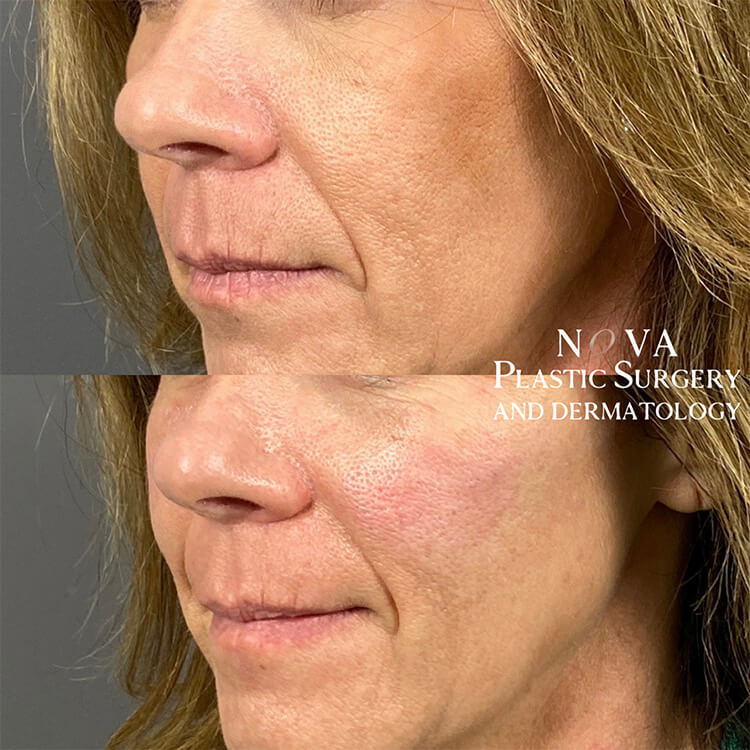
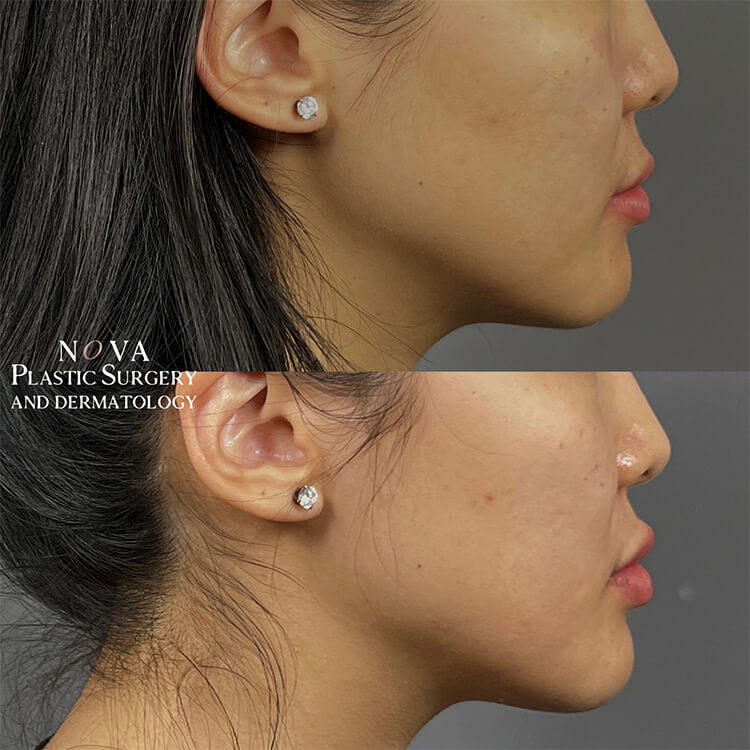
Before & After – Chin and Jawline Filler
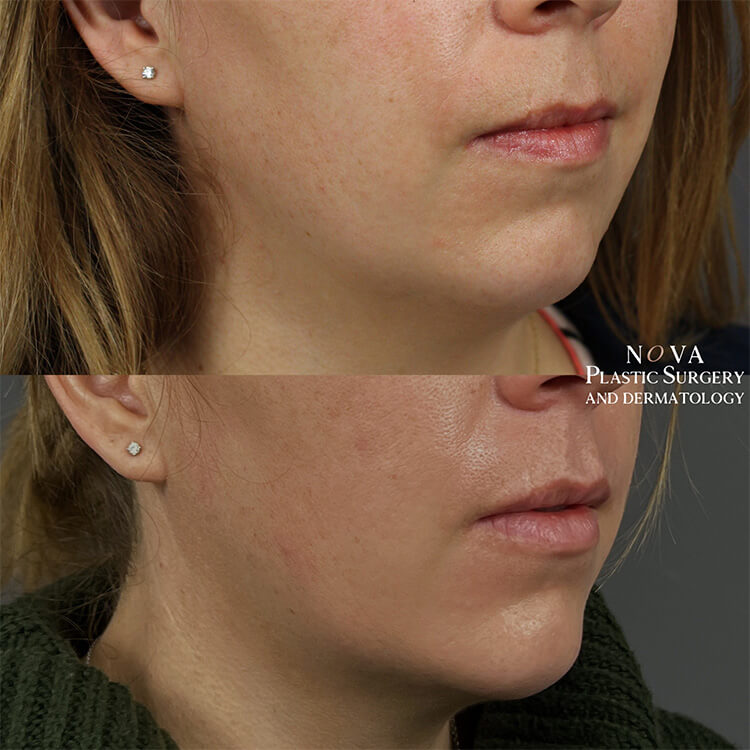
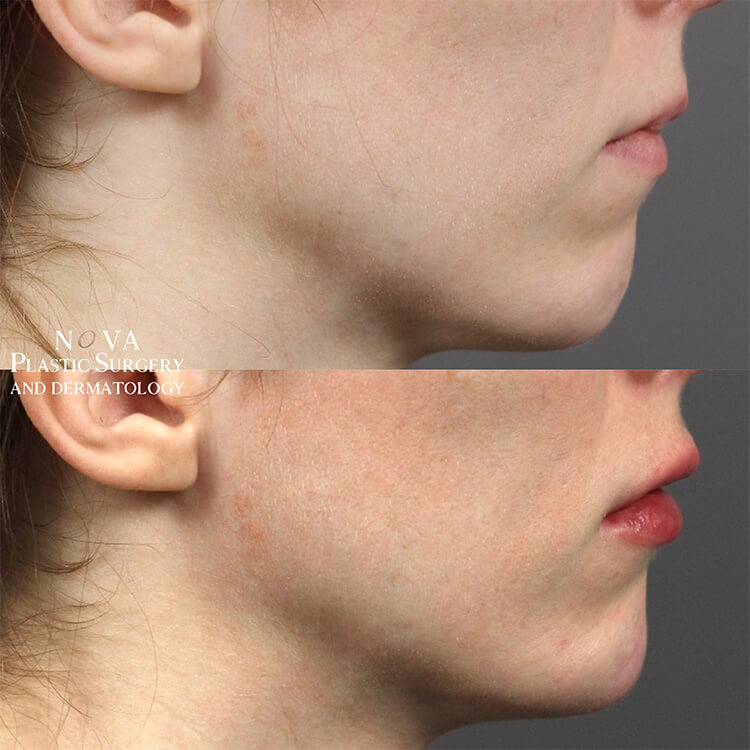
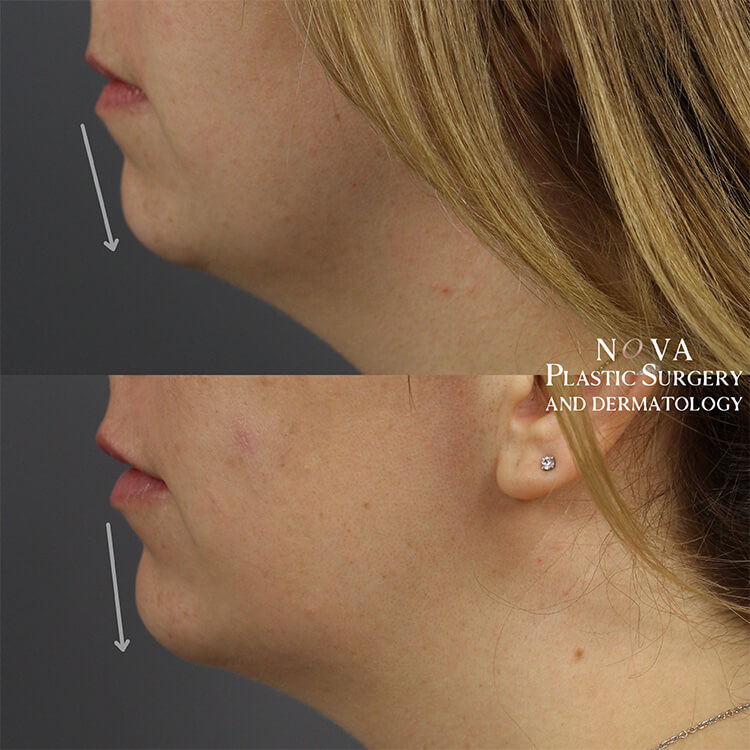
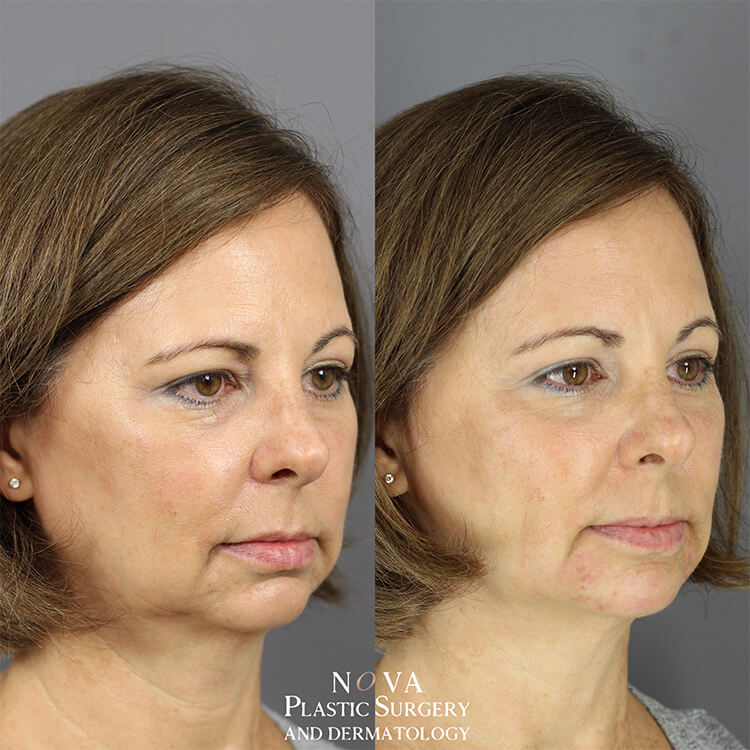
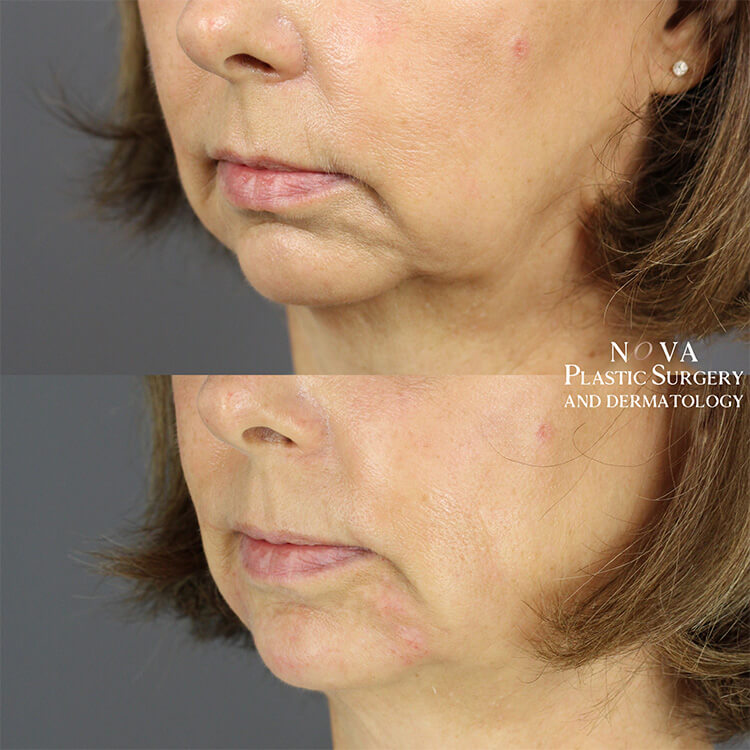
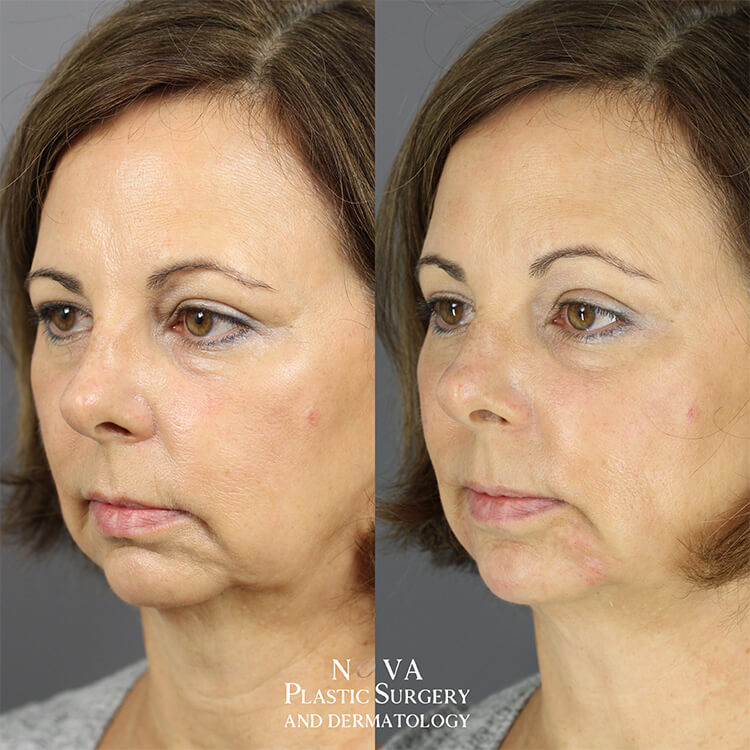
Before & After – Tear Through Fillers
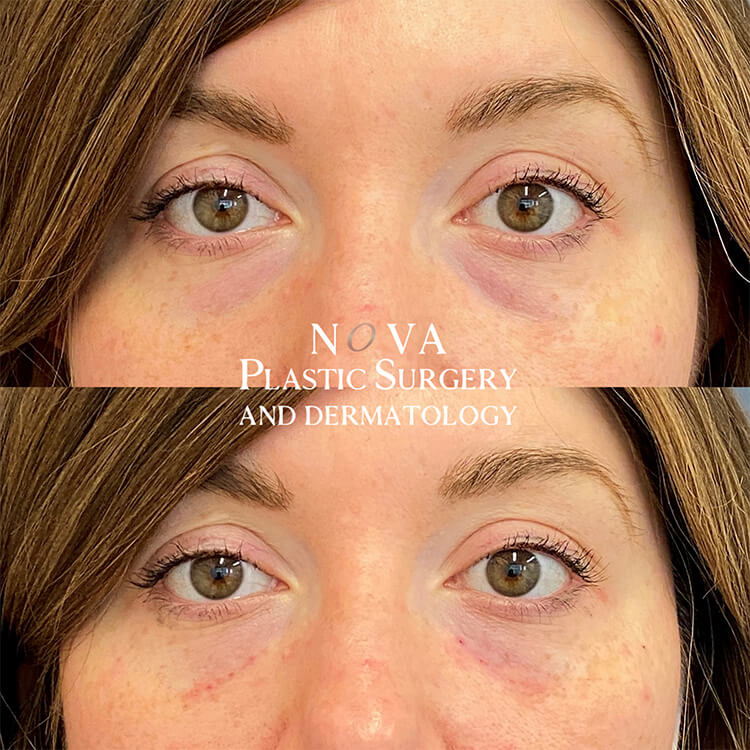
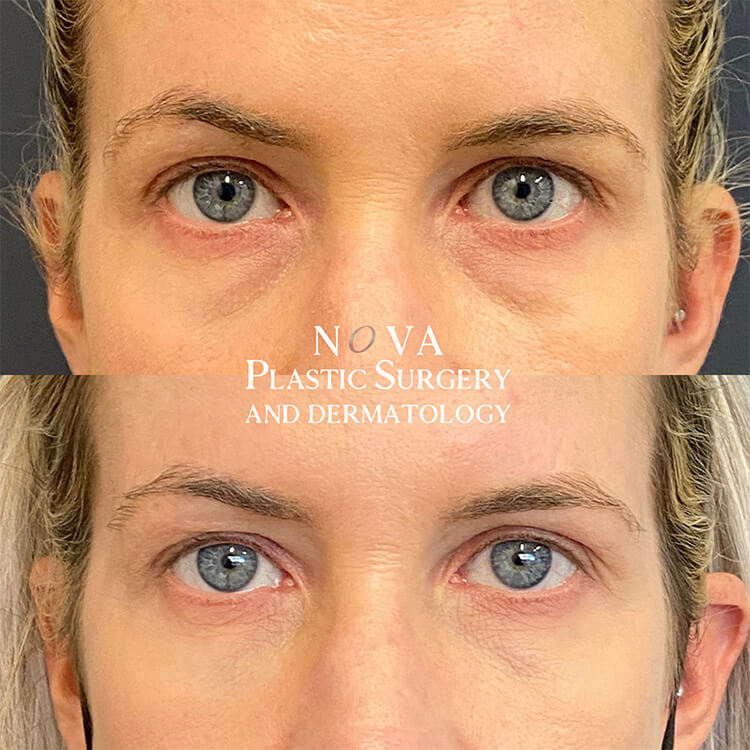
Before & After – Lip Fillers
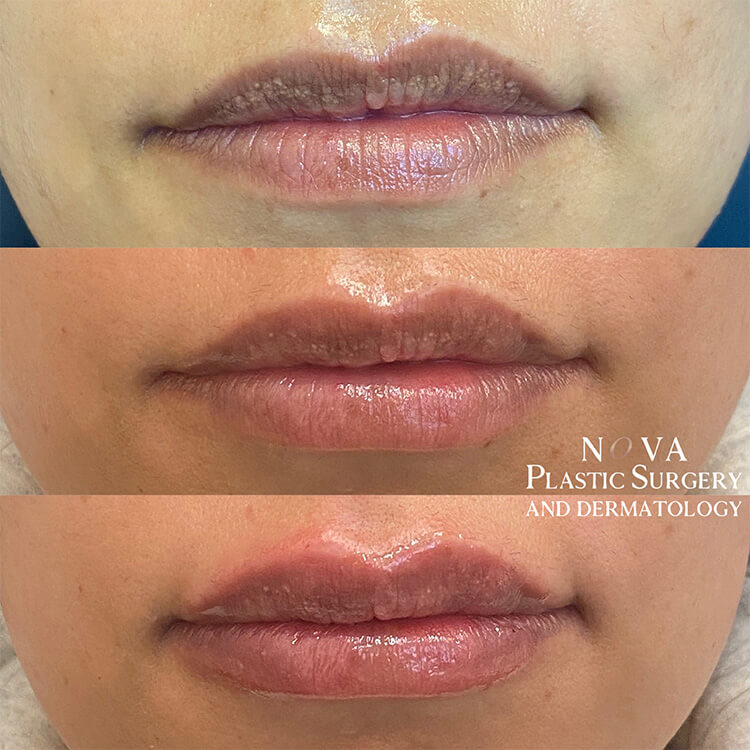
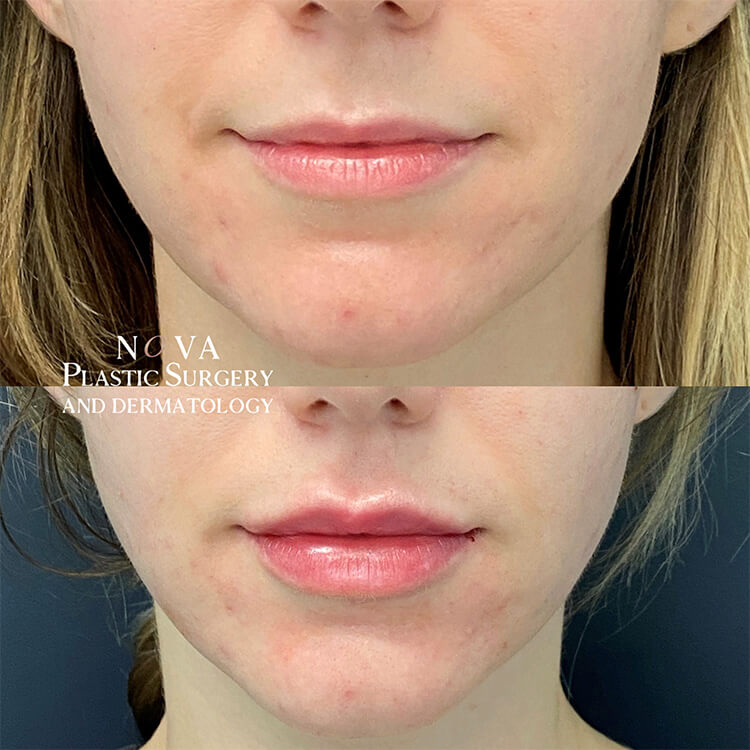
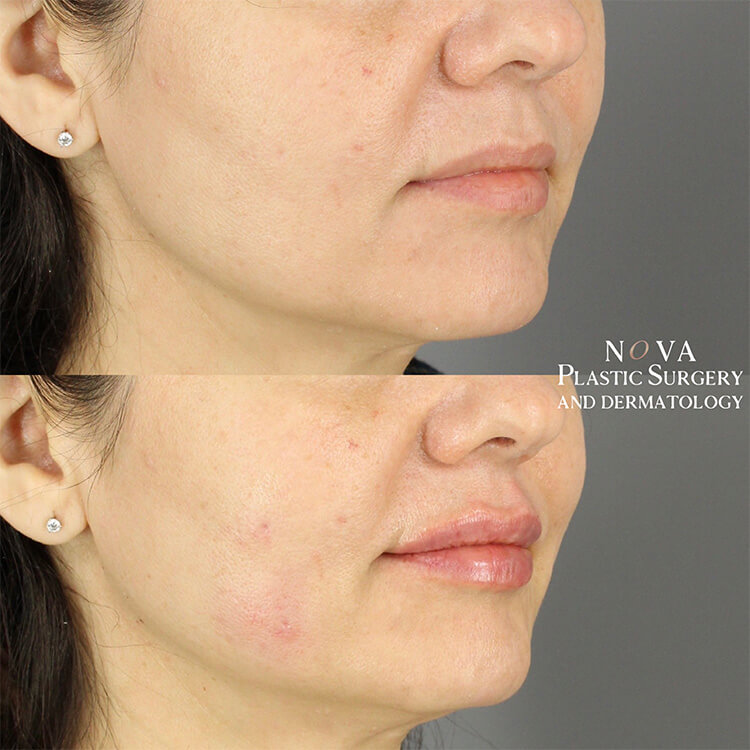
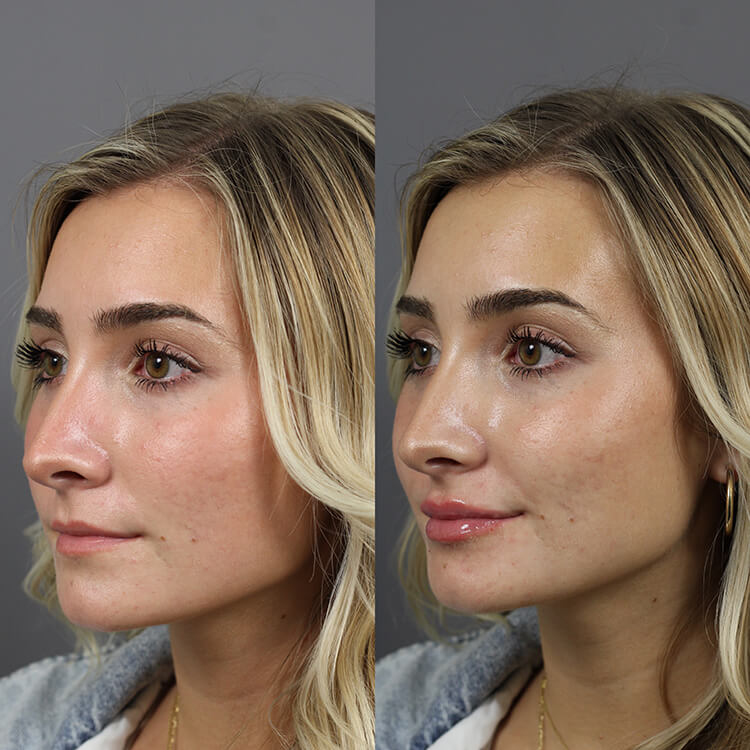
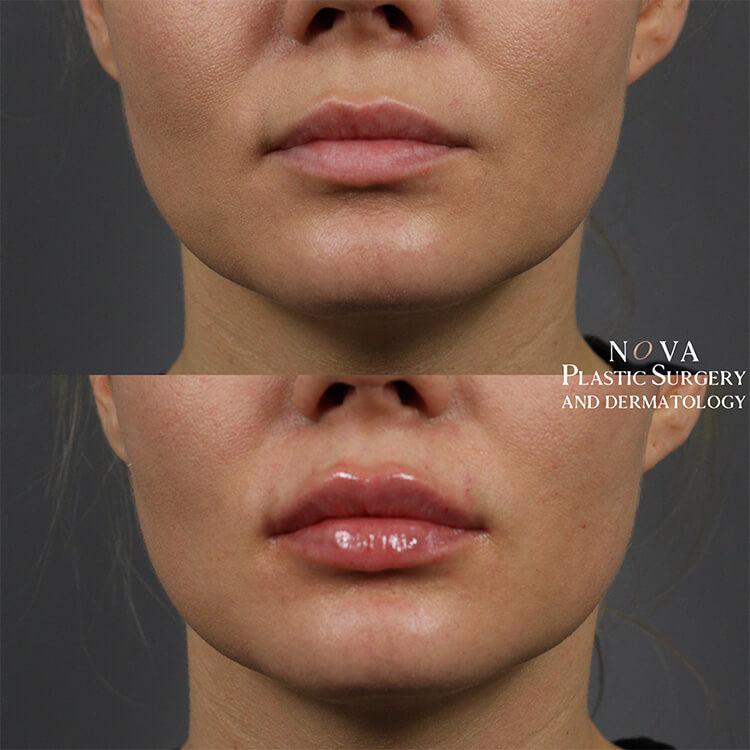
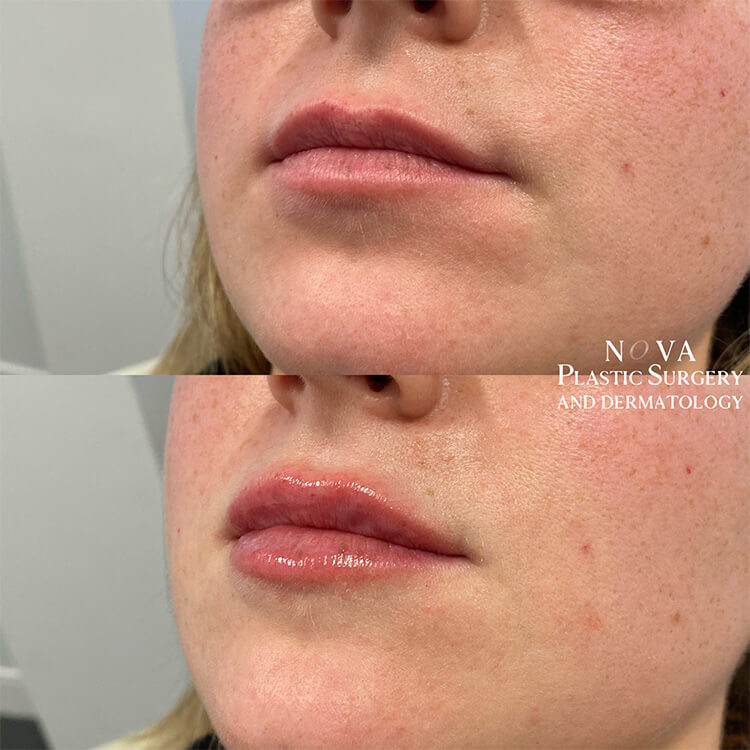
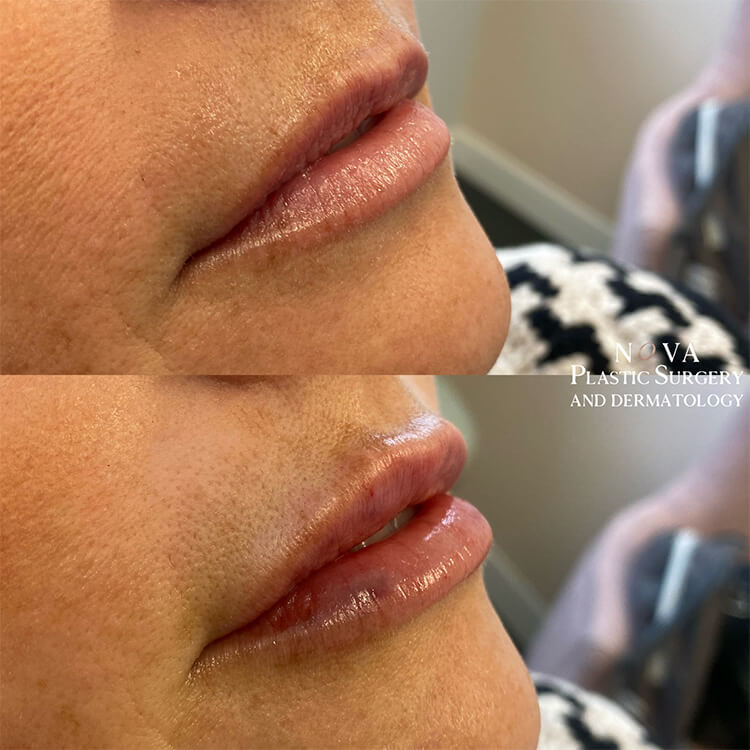
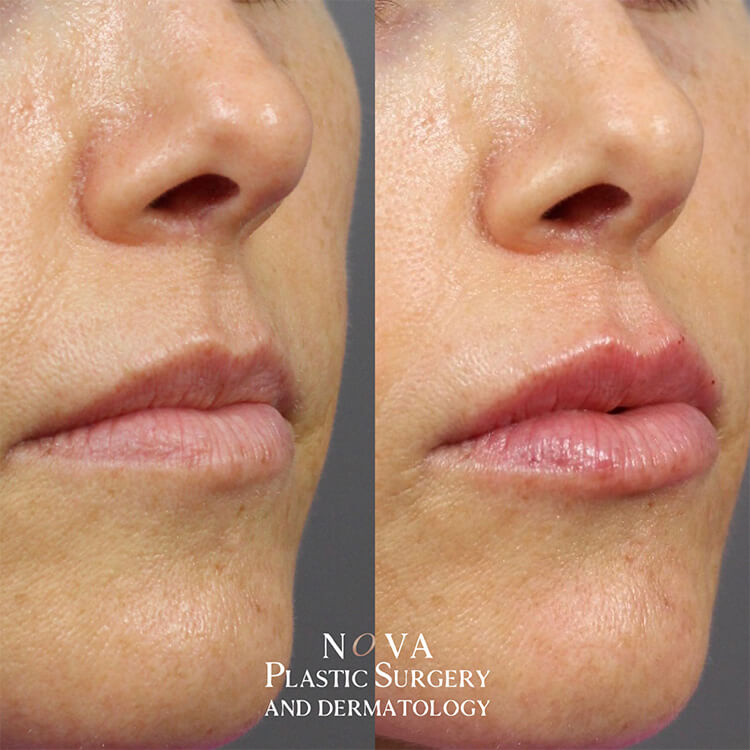
How Are Dermal Fillers Done?
You won’t be put under anesthesia, so you can drive yourself home after the injections.
When you come in for your appointment, we’ll begin your treatment by taking your “before” pictures and then applying a topical numbing cream to the treatment area to reduce pain and discomfort. Some fillers are also mixed with painkillers to help with discomfort. Typically, we’ll have you numb for 10 to 15 minutes. After numbing, we’ll cleanse the area and prep the skin for injections. The injections are then administered, following the marks the injector made. When our P.A. is done, the marks will then be removed. Some patients might be given a cold compress to help with any swelling. If you’re concerned with swelling or bruising, we can provide you with a homeopathic medicine, Arnicare, for purchase.
What is Recovery Like for Dermal Fillers?
You might notice some redness, bruising, or swelling, which will dissipate within 48 hours. Patients will have varying degrees of swelling and bruising depending on your individual propensity to bruise/swell as well as the product used and location of your injections. You can use makeup to cover up any redness immediately after the appointment after any pinpoint bleeding has resolved. We recommend refraining from heavy exercise for 24 hours after your treatment and avoiding extensive sun/heat for 72 hours. When you go to sleep, try to sleep on your back, with your head slightly elevated for the first 3 days after your injections. This can help with swelling. Avoid rubbing or massaging the injection site because this can cause the filler to shift position. You can take Tylenol for any discomfort you may have. Once the filler settles,depending on the product, the results will last up to 12-17 months.
What Are the Risks of Dermal Filler Injections?
There are very few complications associated with the procedure. The risks that do exist include infection, bruising, swelling, itching, migration of the filler, rash, or dissatisfaction with the results.
The best way to avoid complications is to follow all your pre- and post-operative care instructions.
